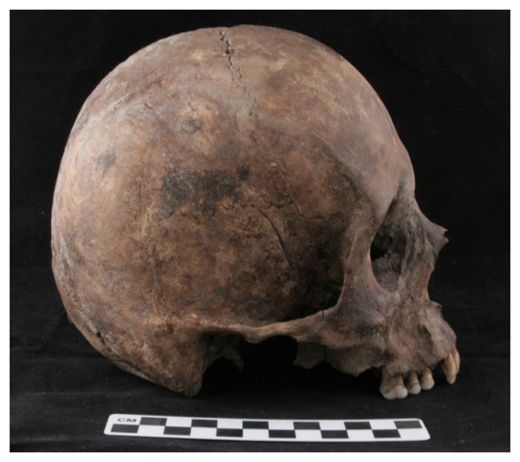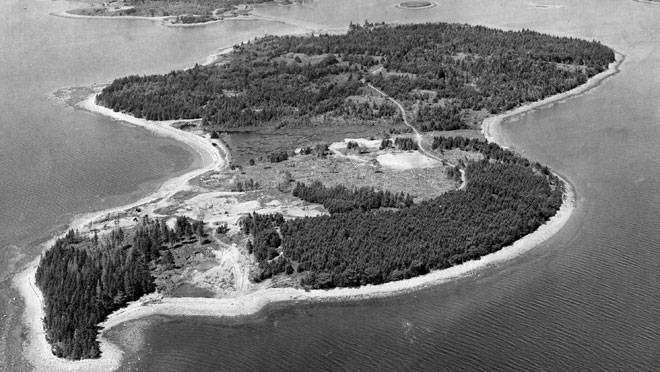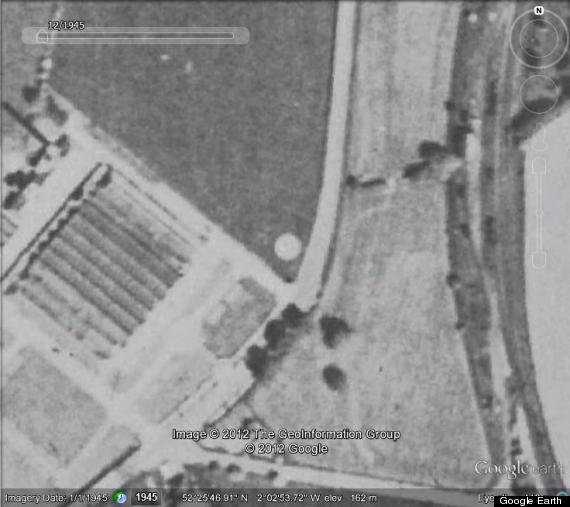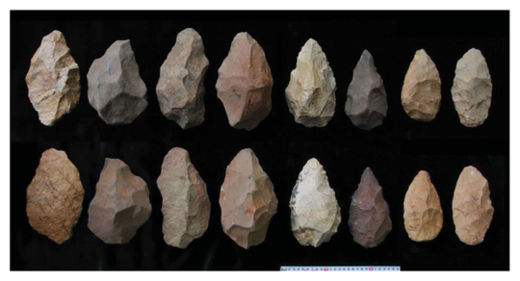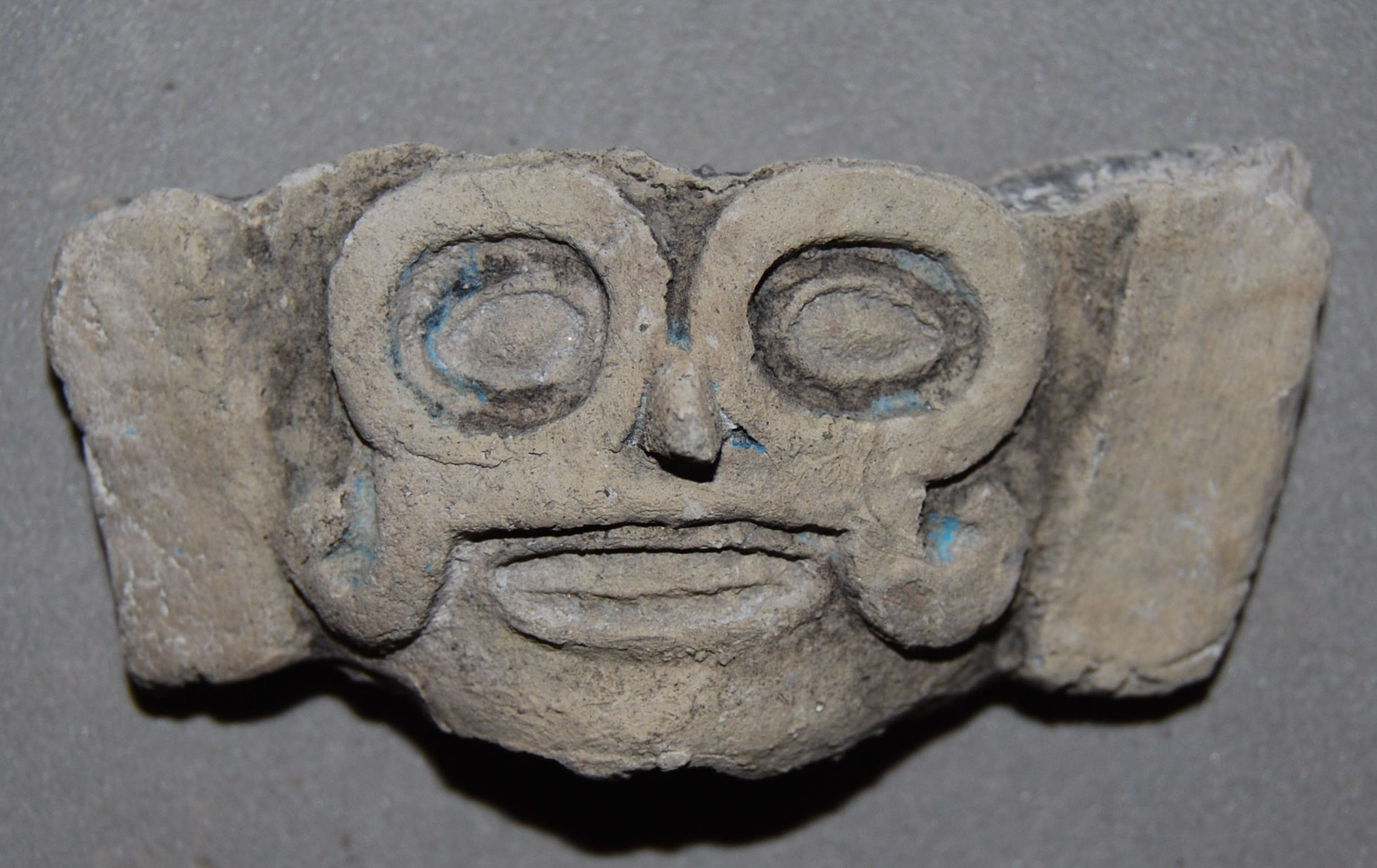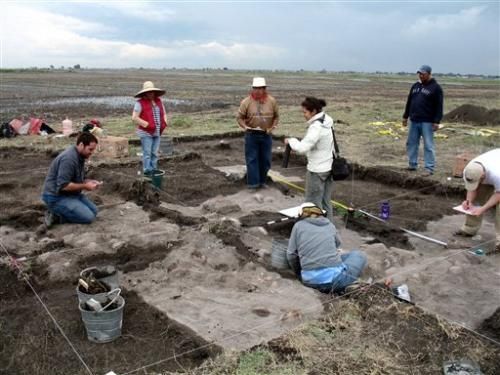
© AP Photo/Christopher Y. MorehartIn this June 20, 2012 image courtesy of Christopher T. Morehart released on Jan. 31, 2013, archaeologists work at the site where skulls were found in a field in Xaltocan, near the Teotihuacan pyramids in central Mexico. Georgia State University archaeologist Christopher Morehart found about 150 skulls of human sacrifice victims in this field, one of the first times that such a large accumulation of severed heads has been found outside of a major pyramid or temple complex in Mexico.
Archaeologists say they have turned up about 150 skulls of human sacrifice victims in a field in central Mexico, one of the first times that such a large accumulation of severed heads has been found outside of a major pyramid or temple complex in Mexico.
Experts are puzzled by the unexpected find of such a large number of skulls at what appears to have been a small, unremarkable shrine. The heads were carefully deposited in rows or in small mounds, mostly facing east toward the rising sun, sometime between 660 and 860 A.D., a period when the nearby city-state of Teotihuacan had already declined but the Aztec empire, founded in 1325, was still centuries in the future.
Georgia State University archaeologist Christopher Morehart, who found the skulls last year in Xaltocan, a farming village just north of Mexico City, said that between 150 and 200 adult skulls or their equivalent in bone parts have been excavated so far from fields that stand on a former lake bed.
Experts weren't expecting to find anything of this kind in the flat, undistinguished pasture land and corn fields. The site is near, but not immediately adjacent to, Teotihuacan, one of the biggest pre-Hispanic cities. It reached its height between 100 B.C. and A.D. 750 and was abandoned by the time the Aztecs arrived in the area in the 1300s.
